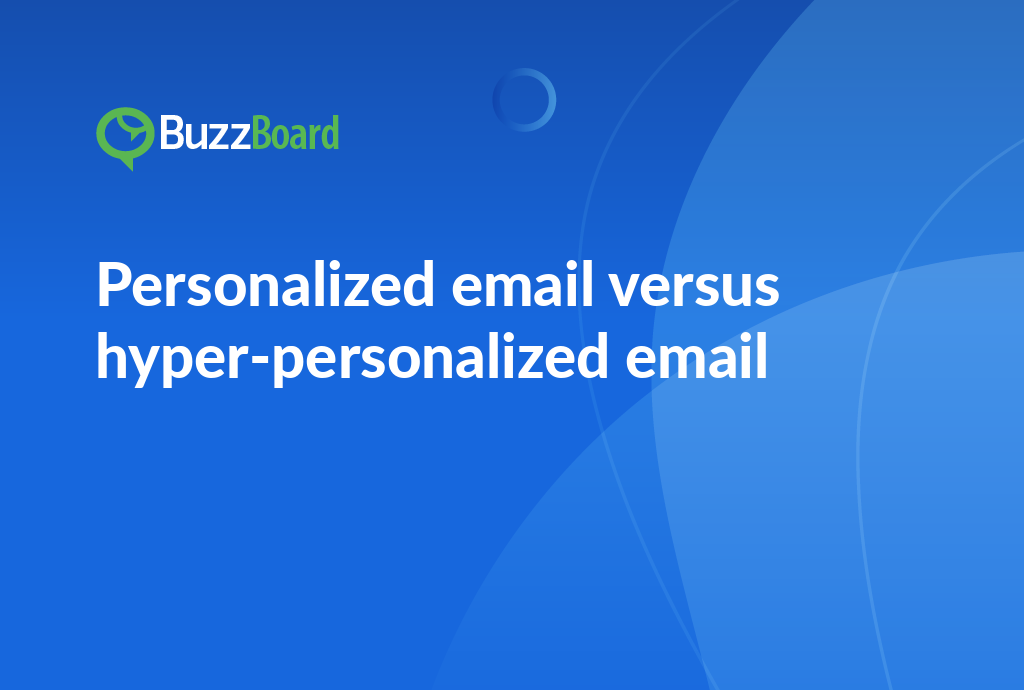The Importance of Understanding Your Internet Marketing Agency Ideal Client and How It Impacts Your Growth
Understanding your ideal internet marketing agency client is pivotal to your agency’s growth. This knowledge not only provides the opportunity to target accurately but significantly influences profits and overall success.
In the complex world of digital marketing, the strategy is key, and central to this strategy is the concept of ideal client identification. A well-defined ideal client profile serves as a compass, guiding your agency in the maze of internet marketing. It offers a clear indication of whom to target and how to structure your offerings by understanding the unique needs, preferences, and pain points of your target clients.
Understanding your ideal client profile requires a thorough study of their business size, industry, budget, and marketing needs. More than just basic details, these factors provide a contextual basis for your agency’s strategic approach. For example, if your ideal client is a small start-up, proposing an expensive comprehensive service won’t appeal as much as cost-effective, modular solutions.
Devoting time to client identification reaps rewards. Internet marketing agencies that have conducted in-depth client identification exercises notably outperform those that haven’t. This knowledge enables agencies to focus their marketing efforts, streamline sales conversations, and improve client retention rates.
A comprehensive understanding of your ideal client can enhance your internet marketing agency’s ability to target services better, sell more effectively, and ultimately, grow. Recognizing this fact is the initial step toward developing a more strategic, targeted, and ultimately successful marketing approach.
As a digital marketing agency, guiding small business clients towards success is your responsibility, and comprehending your client profile forms that foundation.
Exploring the Best Strategies for Client Identification in an Internet Marketing Agency
In the diverse and dynamic realm of digital marketing, identifying your ideal client can sometimes feel like looking for a needle in a haystack. To ensure optimal client identification and tailor its services to meet potential clients’ needs effectively, an internet marketing agency needs to adopt strategic approaches.
Creating an ideal client profile is a significant first step in assisting client identification for your agency. These profiles capture the characteristics, behaviors, and needs of your potential clients. For example, small businesses often need different services than large corporations. They may require a robust social media presence, or perhaps a search engine-optimized website. By comprehending these unique needs and personalizing your services accordingly, you’re better positioned to attract target clients.
Further, the implementation of data analytics for client identification can be crucial. This strategy involves gathering, organizing, and analyzing market data to discern patterns, trends, and opportunities that align with your agency’s competencies. Metrics bearing on your agency’s target market include industry type, company size, digital presence, budgets, and specific marketing objectives.
Additionally, your business strategy should prioritize building and maintaining client relationships. Remember, each engagement with a potential client presents a chance to learn more about their needs and showcase your agency’s abilities. These relationships often serve as a gateway to future clients within the same industry or geographic location.
An effective identification of your target clients can amplify your agency’s digital marketing success and foster more sustainable, long-term relationships with small businesses.
In conclusion, identifying your ideal client entails thoughtful consideration and strategic planning. Whether you’re constructing ideal client profiles, leveraging data analytics, cultivating client relationships, or tailoring your services, your agency’s success hinges on your capacity to comprehend and satisfy client needs in the digital marketing sphere.
How to Define and Build Your Ideal Client Profile in the Context of an Internet Marketing Agency
As a digital marketing agency, accurately identifying your ideal client profile is vital for formulating a fruitful sales strategy. A thorough understanding of your target client improves your marketing effectiveness, thus maximizing ROI.
So, how do you define your ideal client profile?
An ideal client profile is not a one-size-fits-all model. It emerges when you answer crucial questions about your target clients’ demographics, interests, and challenges. Factors like the size and industry of the business, its location, and the decision-making roles help sketch a focused profile of your key clientele.
Bear in mind, your marketing services will have more impact if they cater to immediate needs or tackle real-time challenges. Hence, identifying prospective client hurdles is central to client profiling.
Having defined your ideal client profile, the subsequent stride is to build it.
Constructing your ideal client profile involves a strategic approach, commencing with a comprehensive understanding of your current customers. Gather and evaluate data from your existing clientele. Identify similarities between your best clients’ characteristics and problems. Tools like Google Analytics can provide significant demographic and behavioral data.
Equipped with a meticulous client profile, customize your marketing efforts to captivate these ideal prospects. Use their language, acknowledge their hardships, and demonstrate how your digital marketing agency can deliver solutions.
Remember, your ideal client profile isn’t unchangeable. As the digital marketing environment fluctuates, maintain flexibility and adapt your profile to accommodate industry changes and client requirements.
No matter your agency’s size or services provided, creating and enhancing your ideal client profile is fundamental for success. It serves as your marketing compass, ensuring each effort correlates with attracting and serving your precise target clients.
The Connection Between Target Clients and the Outcome and Success of Your Internet Marketing Agency
The lifeline of every thriving Internet marketing agency is threading the needle between the needs of small businesses and the bespoke solutions the agency offers. At this delicacy’s heart lies the crucial process of identifying clients and constructing your ideal client profile.
Target clients significantly influence the success of an internet marketing agency. On the surface, it seems logical to attract as many clients as possible. However, the key to a streamlined, efficient, and profitable operation is focusing on your ideal client, one that aligns most perfectly with your specialties, expertise, and agency values.
Developing an ideal client profile is essential groundwork. It goes beyond basic demographics to incorporate psychographics and methodologies reflecting potential clients’ business objectives, mindset, and pain points. In this respect, it’s not adequate to identify clients who need marketing services, but to zero in on those who value, require, and are willing to invest in your specific digital solutions package.
There is an unspoken, yet robust, connection between your ideal clients and your agency’s prosperity. Understanding and working with your target clients ensure a harmonious, cooperative, and profitable relationship. On one hand, you provide unparalleled value to your clients’ businesses. On the other, the establishment of this invaluable symbiosis solidifies your agency’s reputation, stimulates business growth, and bolsters your bottom line.
Creating this type of win-win partnership with small businesses results in rewarding referrals, valuable feedback, and enduring business relationships which are vital for growth and expansion. Embracing this strategy can be a game-changer.
Identifying and focusing on ideal clients for an Internet marketing agency is crucial. It is a craft that, when mastered, opens doors to notable agency success and gratifying client experiences.
Case Study Analysis: How Successful Internet Marketing Agencies Have Honed in Their Ideal Client Profile
Internet marketing is a fiercely competitive arena, with agencies battling for the attention of small businesses. The crucial ingredient for success is determining your ideal client, a task requiring a strategic approach and precise execution.
A case study analysis of prosperous internet marketing agencies unveils several shared characteristics, starting with a targeted focus: forming an ideal client profile (ICP).
Consider the example of SEO Brand, an internet marketing agency in New York. Founded in 2002, they initially focused only on SEO (Search Engine Optimization). Once they identified their ICP as small businesses in the fashion sector, they widened their service offerings to include a comprehensive range of digital marketing strategies tailored to their clients’ needs. This narrow concentration has enabled the agency to deepen its expertise in addressing specific challenges frequently faced by these businesses.
To craft their ICP, agencies need to understand their target client’s industry, size, obstacles, and, importantly, their business objectives. With a well-defined ICP, relationship building and needs anticipation become profoundly more straightforward, solidifying their agency as the preferred choice.
Another instance of success is Metric Labs, a digital marketing agency in Melbourne. By determining its ICP early on, tech start-ups, they emerged as experts in understanding these clients’ unique struggles and hurdles.
These real-world case studies illustrate how honing your ICP can contribute to growing your internet marketing agency. A clear definition of your target clients elevates the appeal of your services, simplifying client acquisition and retention.
Remember, it’s critical to periodically review and refine your ICP to align it with the changing dynamics of business and technology. Case study analysis offers insights to enhance your client identification process.








